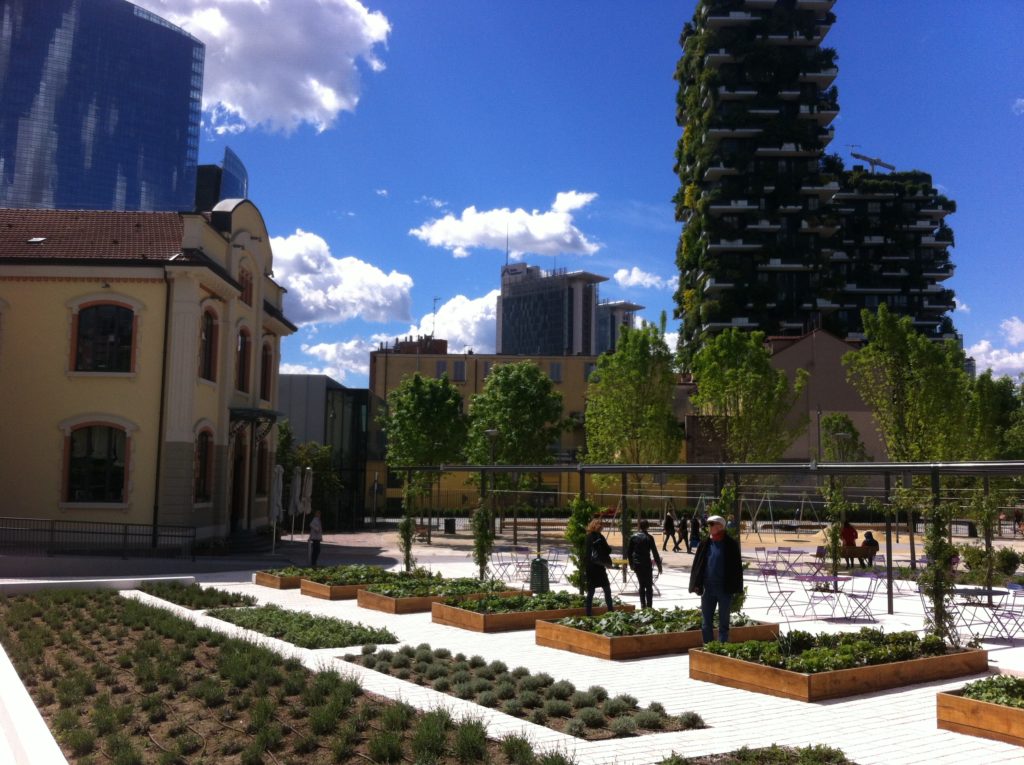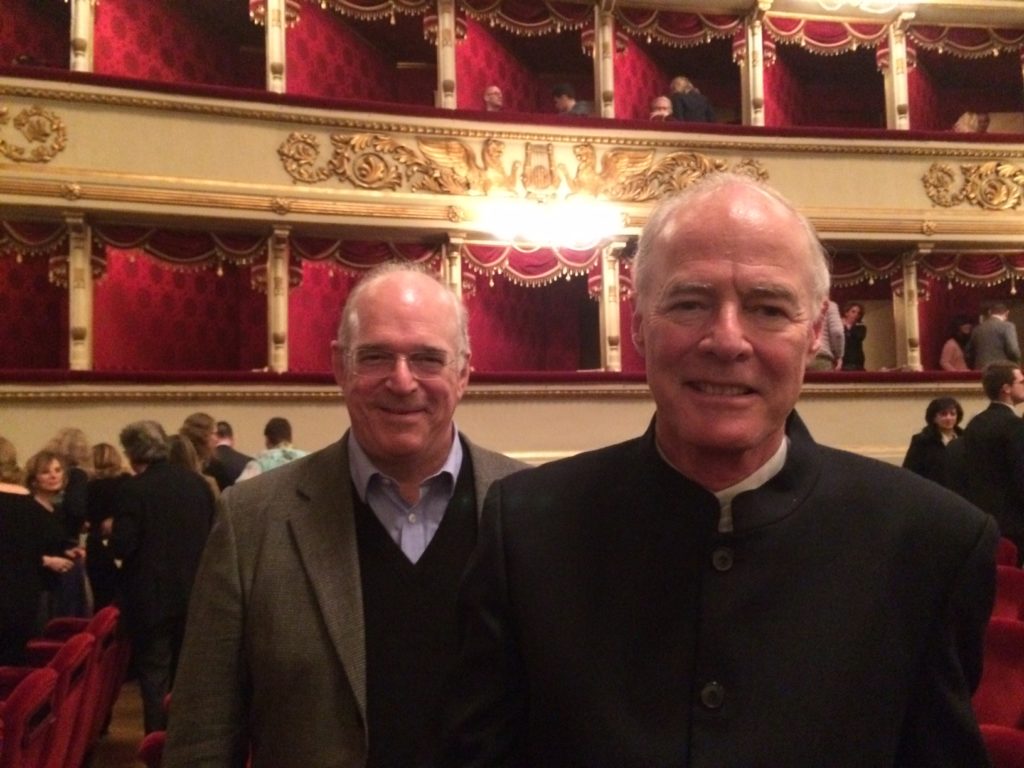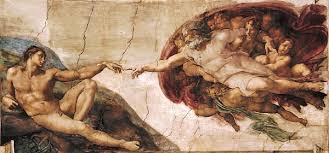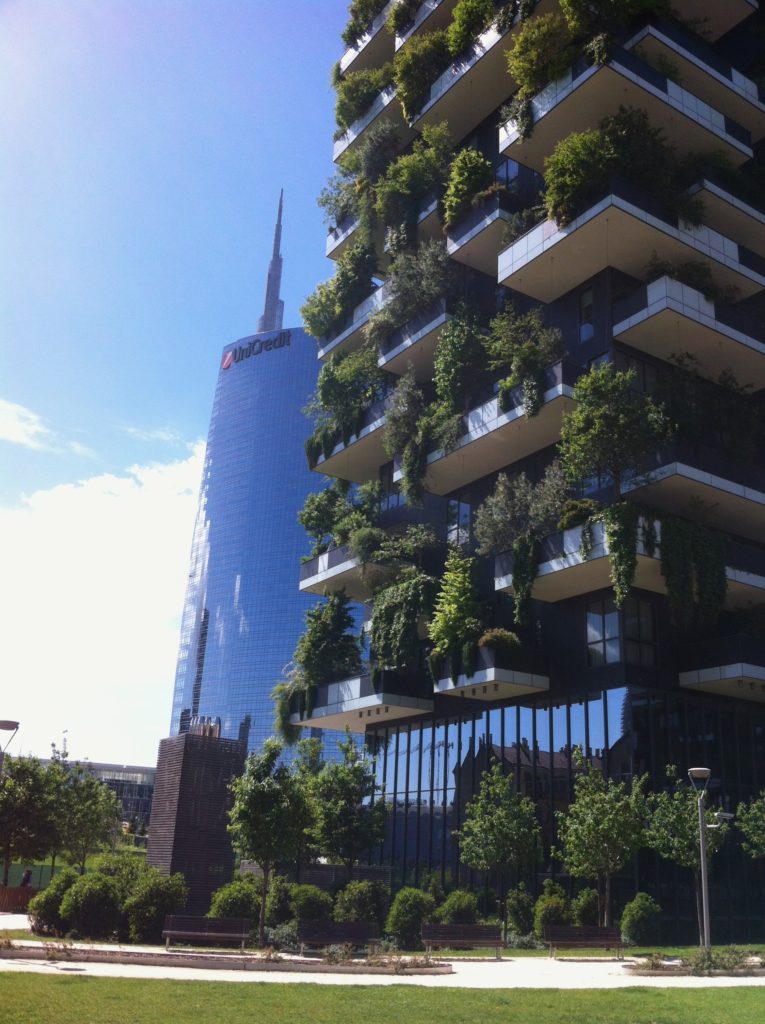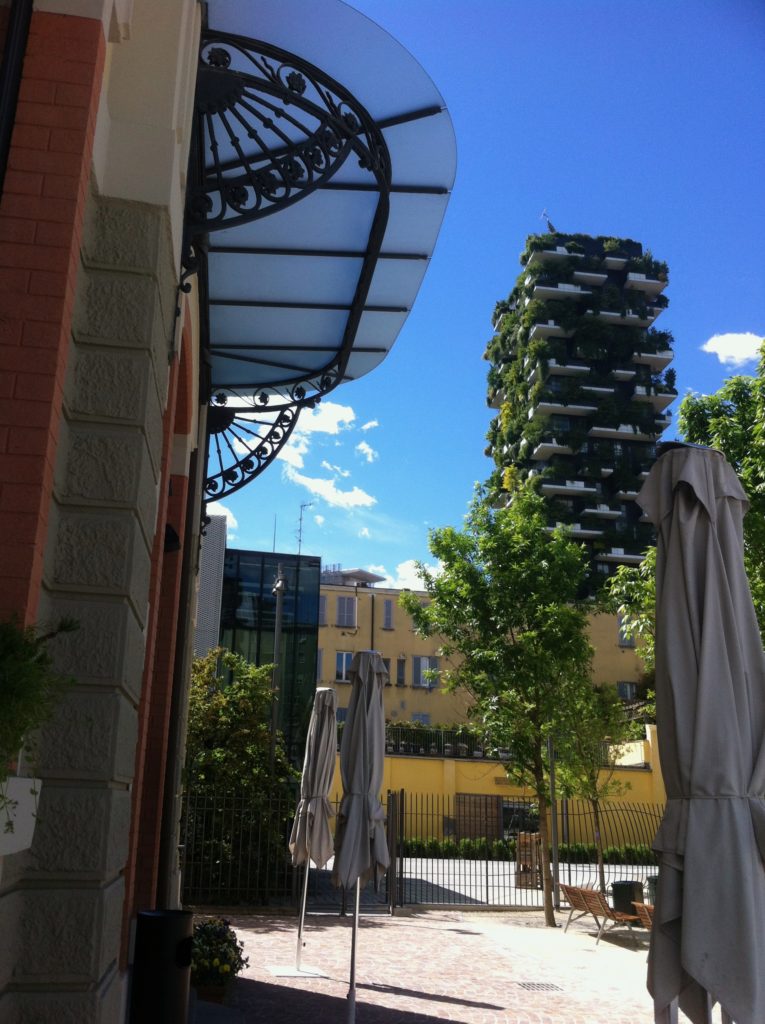25th April 2017
It’s National Liberation Day today here in Milan and a public holiday to celebrate the end of the Nazi Occupation and Fascist Era in Italy.

There is a lot of protest round the Duomo but otherwise things are quiet, no traffic coming in from Linate Airport, the Airport Express Bus dropping us at that monolithic icon of Mussolini’s reign, the Central Railway Station.
Impressive to say the least. Well, as we all know, he made the trains run on time. The Italian railways, be it said, could teach British Rail a thing or two – or certainly the Abelio services in East Anglia.
Here they are cheap. So, who knows, the further right we move in Britain may mean the cheaper and more efficient our rail services may become.
Ha! I jest!
We were shocked, coming in, by the amount of graffiti everywhere; almost as bad as Amsterdam or Rotterdam. That’s one thing we have a lot less of in London! Are we more civic minded then or just politically apathetic. You pick and tell me what you think!
We have a good restaurant in mind for this evening.
****
Friends, a pleasant evening, after Erdingers in a pub in the Via Val Petrosa, here at Alla Collina Pistoiese where we were treated to freshly baked breads, a prawn and zucchini tagliatelli, sea bass, superb lamb cutlets followed by pannacotta and a tartuffo of chocolate fondant washed down with a joyful green, organic blond beer, a Grappa di Pino and wonder of the lot, Caeles Grillo Bianchi 2016. It’s a wonder we didn’t reel!
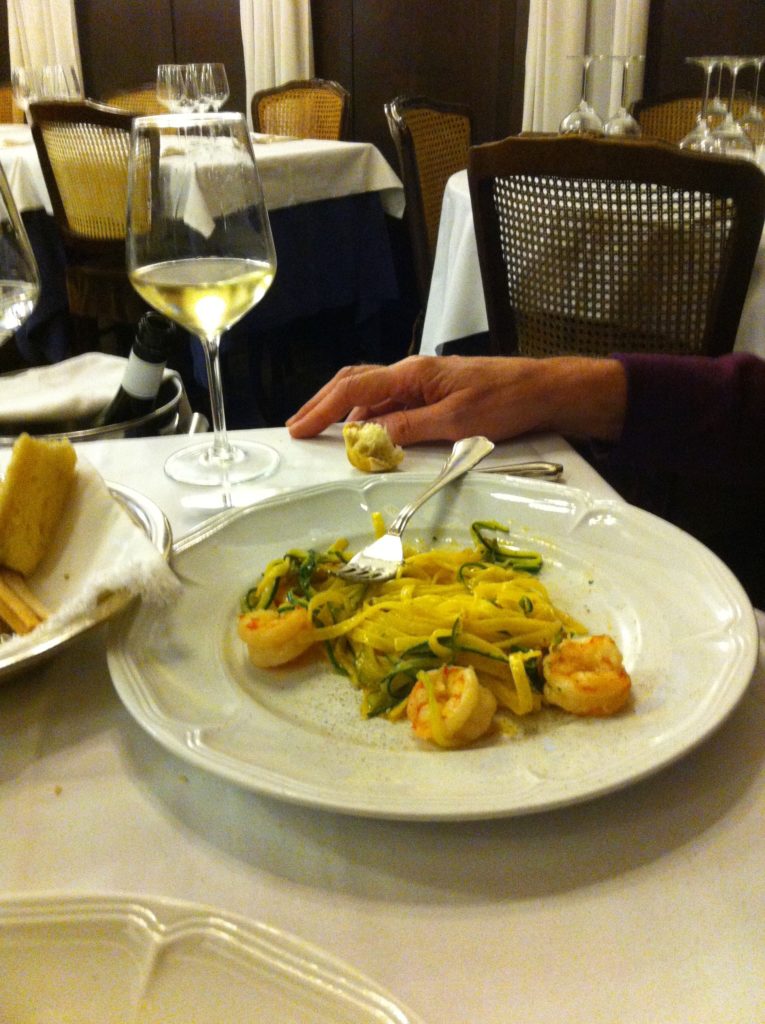
Buona sera amici!
LA GAZZA LADRA – The Thieving Magpie – Gioachino Rossini


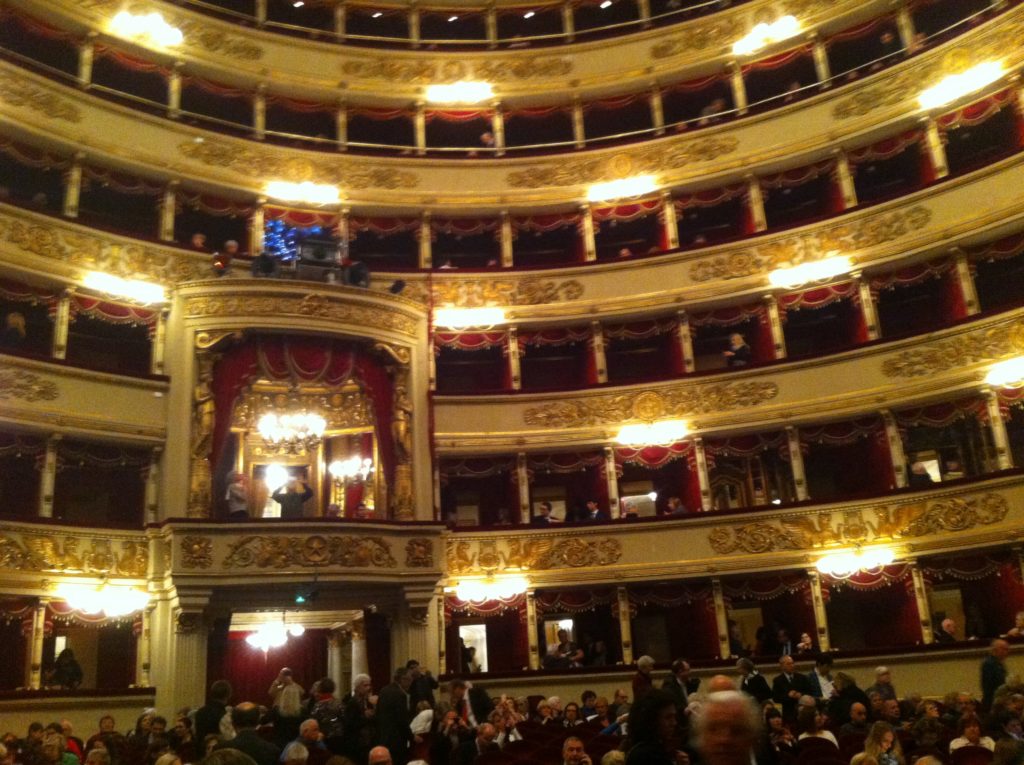
Having sorted out our “La Scala di Seta’s” from our “La Gazza Ladra’s”, the first (The Silken Ladder) a bedroom farce with the second definitely straying into melodrama, we seated ourselves last night in the exquisitely sumptuous Teatro Alla Scala to watch The Thieving Magpie!
Remind me not to count the silver! The entire plot, fairly straightforward by operatic standards, hinges on the theft of a silver spoon by a thieving magpie, a bird notorious for its delight in bright, shiny objects. This propels the action along a near tragic trajectory and might have cost the lives of our heroine, Ninetta and her hapless father, but for the timely interventions of various interested parties not least Pippo who discovers the magpie’s nest and its treasure horde! In the 3 hours and 40 minutes it takes to tell this story, pretty much every human passion is brought into play – not for nothing is it melodrama! But those hours are filled with music and singing, all brilliant if fairly unknown: Everyone knows the overture to The Thieving Magpie, but entire stagings are rare.
To honour the 200th anniversary of the premiere of La Gazza Ladra, in this very theatre, Riccardo Chailly is conducting every note of Rossini’s score!
We loved it and the shear, shimmering glory of this famous theatre with its stacked tiers of boxes rising, horse-shoe shaped, at least six storeys but curiously intimate despite its size, like a giant musical box inviting investigation. This is our first and probably last visit to this theatre. The extravagance was worth every penny.
Familiglia Colla are famous in Milan for their Compagnia Marionettistica and director Gabrielle Salvatores used their puppets as part of the design for this revival. Rather controversially as it happens and on some nights here the staging has been met with booing by the purist claques. It’s true we thought some of the staging a little over bearing and rather clumsy but the magpie as an acrobat seeming almost to be pulling the strings of the characters and plot, underlined this motif of puppet theatre and worked well.
Oh friends , what a treat it was. Brava, Bravissimo. On with the motley!

The Rondinini Pieta. Castello Sforza, Milan. This afternoon.
I cry very easily. More so the older I get as it happens. In the presence of great aural, oral and visual art, frequently a great upwelling occurs and the tears flow, sometimes even as gut wrenching sobs. I don’t know why this is. Do any of you, dear Friends? No one can explain the phenomena to me, least of all my therapist! Sorry friends, this is perhaps a bit personal and not the forum for unburdening my lachrymose proclivities. I know many others have these feelings and many do not. What the precise chemical or metaphysical reasons for them are a mystery. Why do swathes of music render me speechless, why does great poetry or drama have me reaching for my kerchiefs and why does certain art cause a breathlessness and that welling feeling from one’s depths, coming up to choke one with emotion?
When I was a young man, well, a teenager actually, I was seventeen, I came to Europe for eight weeks for the first time by myself on a sort of introductory visit taking in most of the European capitals and in Italy specially, more besides. This was in the 60’s before the jumbo and cheap jet travel. Slim bodied 707s and VC10’s whisked small, privileged groups of people to international destinations. Back packing was unheard of and coming from South Africa with its pariah status, an unwise undertaking. The green passport (though I had a blue one too) had its dangers.
I digress.
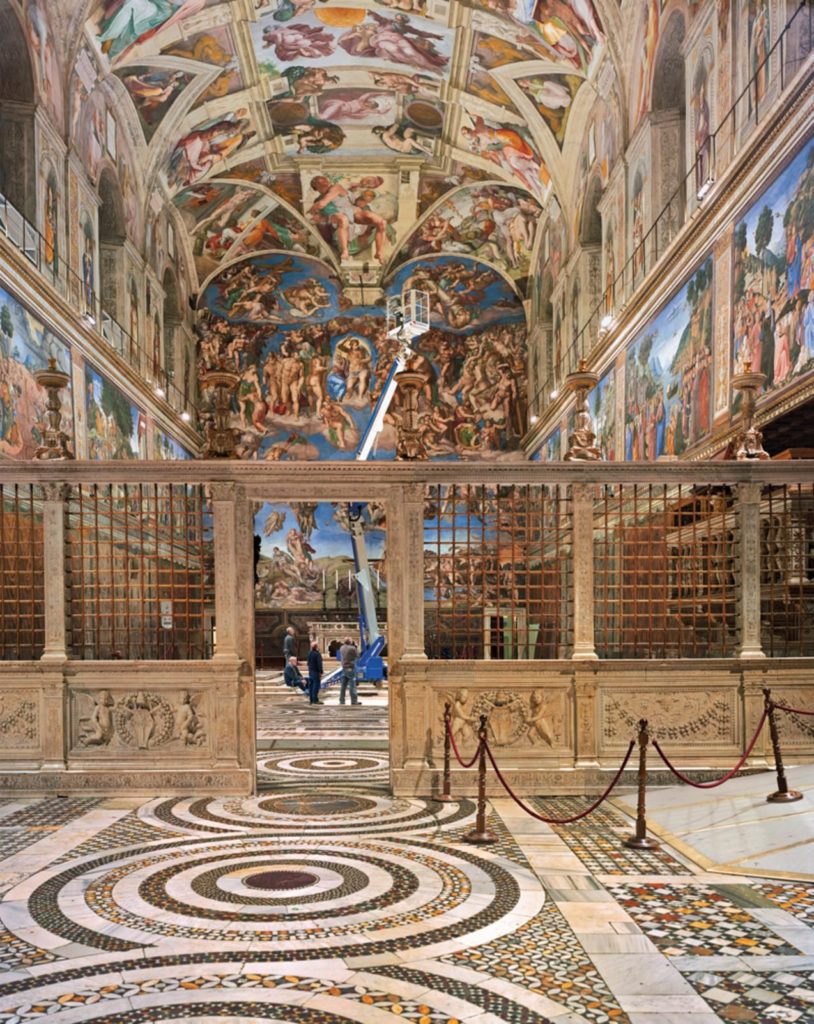
I remember standing in the Sistine Chapel utterly and completely alone; there were no nuns to shush me at the entrance and exit; there were no sounds from the room behind or the room in front. It was completely silent. Not even any distant traffic noises and sirens. I stood there and gazed upwards at the miracle of Michelangelo’s creation and from nowhere (and I can feel it now) a massive ball of emotion started in my belly and uncontrollably thrust up into my throat, almost choking me, as the sobs emerged. It was extraordinary.
Up until then it was really only music that had this effect, not visual art. I had a poor knowledge of European art then and not much more now. I think I had read the Agony and the Ecstasy, an epic in the style of commercial books then, telling the anguished story of Michele Angelo Buonerotti. Perhaps this fed into my young mind? I know not.

But all through the rest of that trip, particularly Italy, in Florence, Milan, Venice and Naples I met with similar unexpected moments: another vivid one was at the Academia Galleria where with neither the necessity for an appointment nor any queues and for a few Lira plus a coin to turn on the lights, utterly alone, I walked up past the Captive Statues that then lined the route to the gallery’s pride, The David. It was breath taking. I’ve not been there a while and do not know what layout they have but I hope those captives are still on that route to perfection.
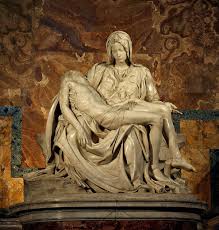
The Pieta in St. Peter’s was at floor level in a side chapel; you could touch it.
You could sit at the feet of The Moses and nobody moved you on.
It was all a revelation for a young person from Africa; but I remember the very moment that I knew I would have to live in Europe and that it was here, somehow that I belonged in some incoherent way that even today I still am trying to understand.
I love Africa but I do not feel rooted there; I am glad of the experiences it afforded me, many unkind ones and I was no lover of the prevailing regime, and many, many beautiful ones too not to mention the friendships.
It’s been a while since I had an upwelling in front of a sculpture. But today, suddenly, in the Castello Sforza, we came across the Rondinini Pieta, Michelangelo’s last work begun in 1550 and found, unfinished, in his workshop in Rome at his death, and I was instantly transported to those experiences of years ago and finding myself unsuccessfully choking back the tears in front of this work, so, so different from his earlier Pieta, the one I touched in Rome, so lean, so spare, harking to an earlier, more iconic Medieval Style, struggling to emerge from the marble and so sad. So unutterably sad – The Mother and her dead son. How universal is that? How utterly tragic – It is almost too much.
It stands alone in a special part of the castle and has few visitors. It is silent there and very contemplative.
How it got lost and found and lost again and found and then nearly lost to Italy altogether is sometimes vague and mysterious and thrilling. How glad I am that it stayed in Italy and that the City of Milan managed to purchase its prevention from departure and a make a home for it on – serendipitously – the 30th June, 1952: the day of my birth!
26th April, 2017
Other Milanese Gems : We’ve had time to look at other things that in the past were overlooked, in a gentle un-box-ticking sort of way.
Tony’s Agent here and our friend Erica Berla who enabled this entire extravaganza, suggested we pop into two churches near the Duomo. So, just down Torino we looked into the Basilica di Santa Maria presso San Satiro, a delicate, renaissance gem filled with frescoes and a wonderful barrel-vaulted roof which segues into tromp l’oeil in a most clever perspective. The choir, which had to be truncated a depth of only 90 cm due to the presence of the road Via Falcone behind the church, was replaced by Bramante with a painted perspective, realizing in this way one of the first examples of trompe l’oeil in the history of art.
Popping in there is worth it just for that.
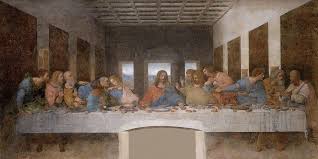
Then down towards The Last Supper where via Meravigli becomes Magenta is San Maurizio al Monastero Maggioreis. It was originally attached to the most important female convent of the Benedictines in the city, Monastero Maggiore, which is now in
use as an archaeological museum. The church today is used every Sunday from October to June to celebrate in the Byzantine Rite, in Greek according to the Italo-Albanian tradition. It is filled with the most beautiful frescoes by Bernadono Luini and the kind of chiesa where you feel you can reflect and rest your weary, watersoaked feet!
28th April, 2017.
Bosci Verticale and the Porta Nuova.
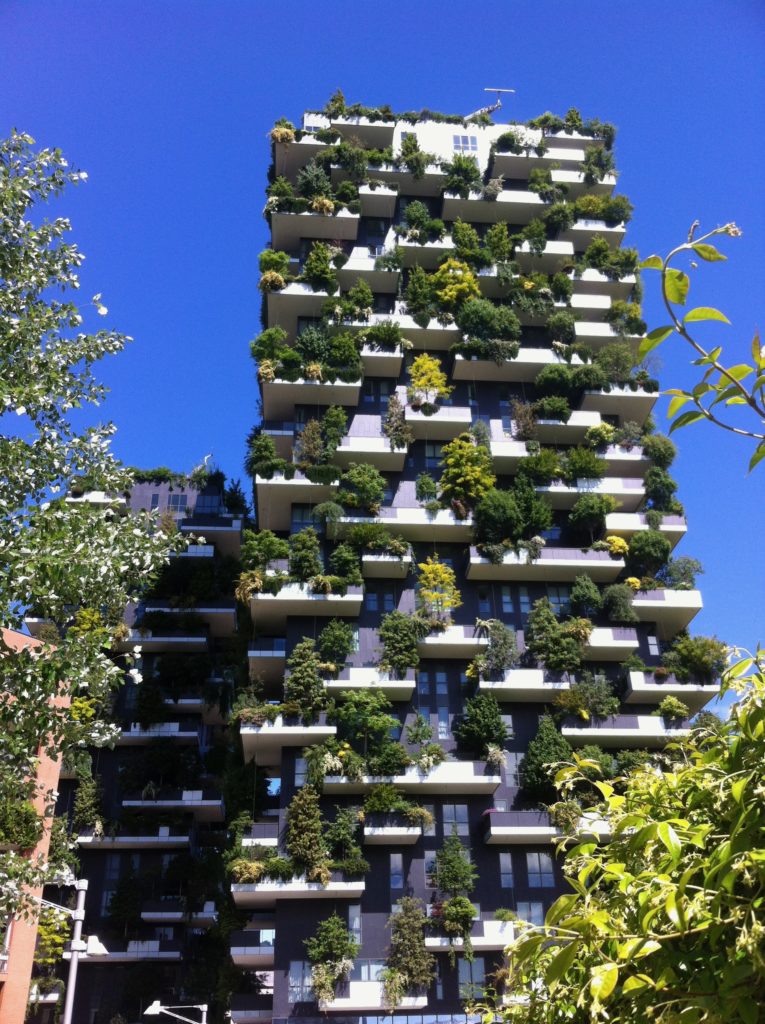
Out beyond the old city walls and the canal built by the Sforzas in medieval times, at Porta Nuova, is the astonishing architectural wonder, Bosci Verticale (literally “vertical bushes” or perhaps “perpendicular woods” would be better!). Part of a new city development outside the building regulations constraining designs within the old city, it is a massive, modern housing and office development rather alone the lines of La Defense in Paris though much more interesting and, strangely, intimate. The pictures here speak for themselves! What do you think, Friends?
Quite a lot of high level watering and trimming is expected of either residents, landowners or both! Fairly scary? But a nice idea. Perhaps the buildings are kept warmer in winter and cooler in summer while all that foliage eats up the carbon monox/dioxcides?
Within the new, uncompleted complex is Italy’s tallest building owned by one or other of the global banks.
Comments please!?
Today, beneath the Bosci Verticale, thanks to the divine Leonora, a naughty nymph we met last night at the Casa Colombo-Berla where we were sumptuously wined and dined by lovely friends, Erica, Aldo, Roberto, Barbara, Fabio, Christina, Monica – grazie amici, we were introduced to Ratana, a new and wonderful eating experience.
Heads up Sherri “cheri” Singleton, I thought of you at every second as I literally felt my taste buds explode along with my waistline!
But hey, Friends, as my gorgeous Grandjolina in China would say, “Waistline? What is that? What do they do? Do we need them?”!
So, undaunted by the warnings of our astringent, puritanical, fit and wiry Dr. Hoskyns, we embarked on
Cocktails – aperol, marsala, ginger beer and mint, while we pondered the menu, eventually landing at Airport Starter with a Zucchini flower valute for Tony and an Asparagus risotto for me with Departure take offs of Ossabuco risotto for Tony and the Vitelli Tonnato for me; seatbelts were fastened with Lemon Sorbets and a very cheeky Villa Job Pinot Grigio 2016 to accompany!
A smooth landing was aided by Marsala Dessert Wine and whiskies and Espressos.
Air turbulence? What air turbulence?
